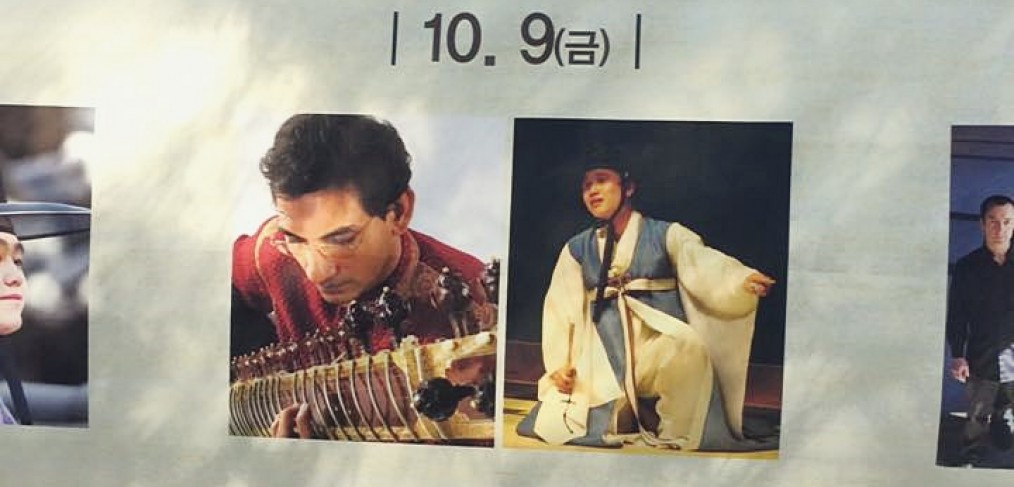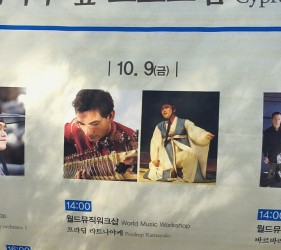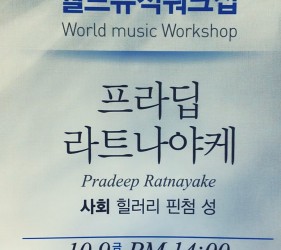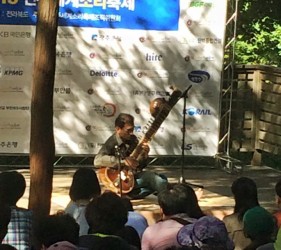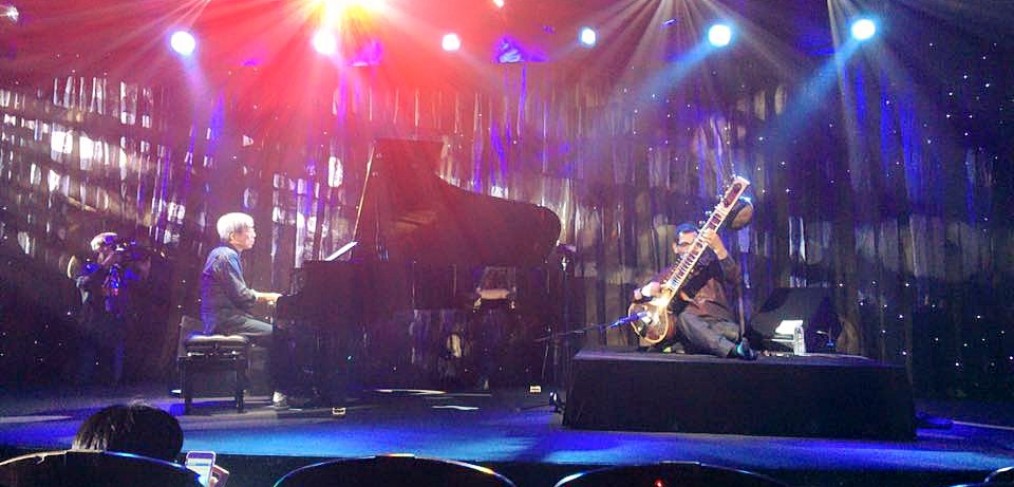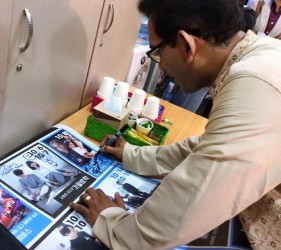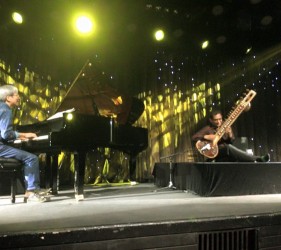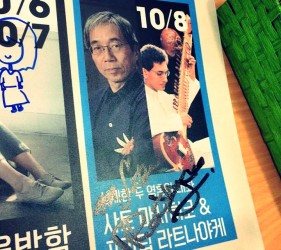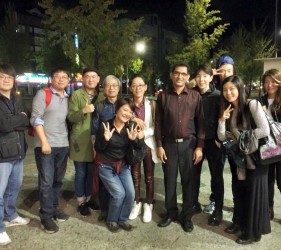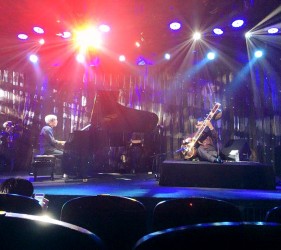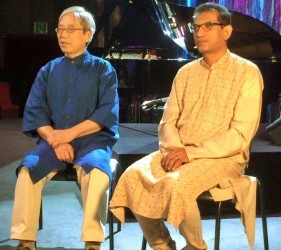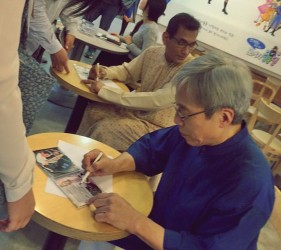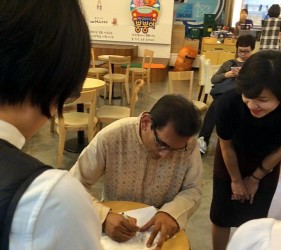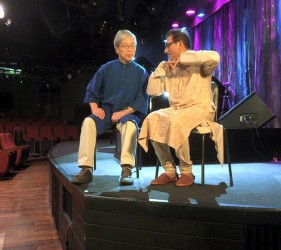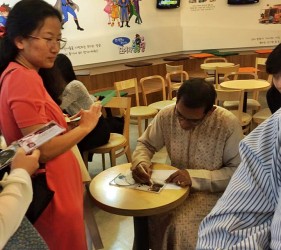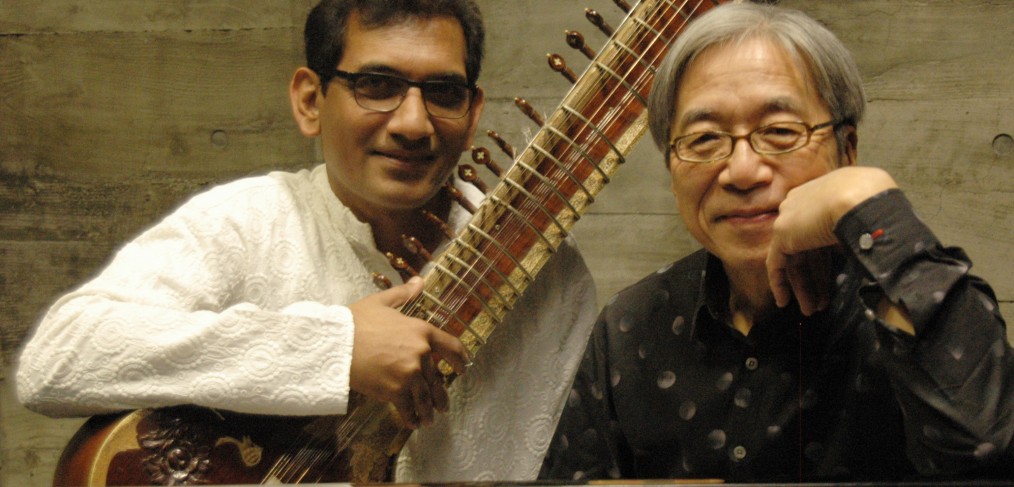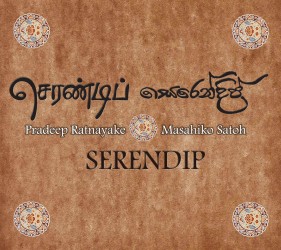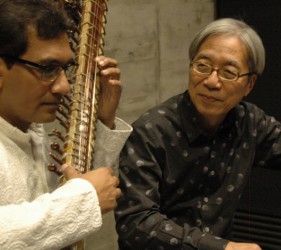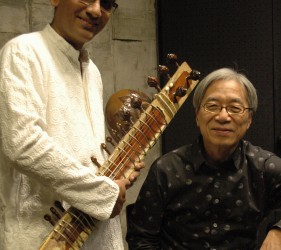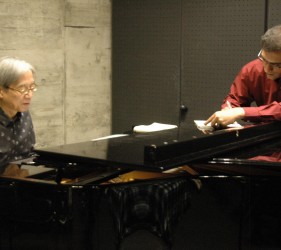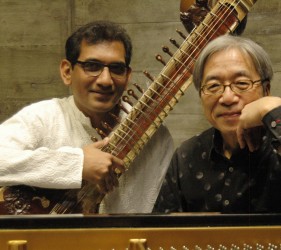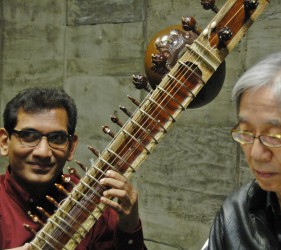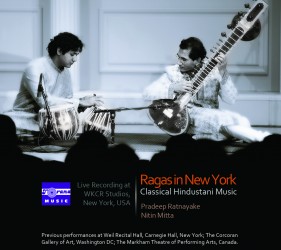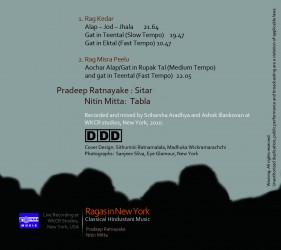Film Director: Saman Weeraman / Producer: Naveen Gunaratne / Music Director: Pradeep Ratnayake
In this film I experimented with music software and used music technology to prove that by using music technology in the correct way, you can get the real orchestral effect comparable to natural musical instruments.
I have used Logic Pro 9 Music software and for the instruments, I used the East West Quantum Leap music software. This enabled me to get the real after touch effects and dynamics of the musical instruments in a symphony orchestra like Strings, Woodwind, Brass and Percussion. I used the M Audio midi keyboard Axiom Pro.
In this film it was a challenge for me to get the all the ‘Rasas’ like shanta, and create very deep emotional music with music software.
According to my knowledge, this is the first Sri Lankan movie done with music software. The reason I had to do experiments with music soft ware is there were no music studios big enough in our country to put in a symphonic orchestra. Therefore I learnt how to handle this music technology in Columbia University, New York, where I studied on a Fulbright Scholarship from 2008 – 2010.
The result of this work, I got the Best Music Director award for the film in the International Buddhist Film Festival organized by the United Nations in Vietnam in 2014, and out of 70 films and 44 countries including Japan, Sri Lanka, Malaysia, Thailand and Vietnam for the final round. This is the first ever international film music award given to a Sri Lankan composer.

